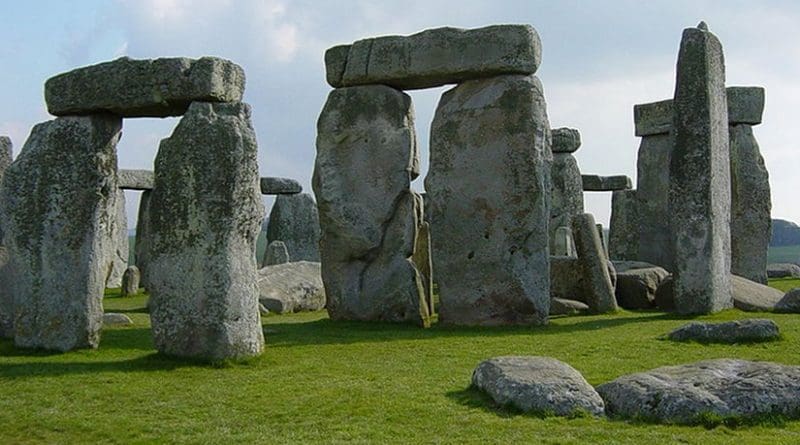Is The Mystery Of Who Built Stonehenge Finally Solved?
The British landmark’s ring of standing stones has been getting all the attention over the centuries. From academics to New Age enthusiasts, everyone has a theory. Lost in all the great mysteries of how and why Stonehenge was built is who built it and the people buried there.
A breakthrough study in the journal ‘Nature Scientific Reports’ is one of the first to explore who the people were that built Stonehenge. It reveals that the architects and builders may have been Welsh, from more than 160 km away. Some human remains excavated at the site were from the Preseli Hills of west Wales.
The earliest bones excavated date back to about 3 000 BC, and the rest span a range of 500 years. Study lead author John Pouncett told ‘The Guardian’: “The earliest dates are tantalisingly close to the date we believe the bluestones arrived, and though we cannot prove they are the bones of the people who brought them, there must at least be a relationship. The range of dates raises the possibility that for centuries people could have been brought to Stonehenge for burial with the stones.”
The Preseli Hills are home to some of the monoliths used to build Stonehenge, so it’s possible that those buried there transported the stones, or were taken for burial from Wales. The research shows that the type of wood fuel used in the cremation of some of the bones wasn’t local.
To determine where the human remains may have originated, a team led by scientists from the University of Oxford used a new method called strontium isotopic analysis on cremated remains from 25 individuals buried at the site. Results show that cremated humans at Stonehenge were from the same region of Wales as the stones used in construction. At least 10 of the 25 individuals analysed didn’t spend their lives in the area around Stonehenge known as Wessex. Also key to the findings was discovering that high temperatures of cremation can crystallise a skull, locking in the chemical signal of its origin.
Who were the people buried at Stonehenge?
The research does add some clarity to their identity and origin. Speaking to the ‘BBC’, Dr Rick Schulting, senior author on the study, said: “These must have been important people. Being buried at Stonehenge is the ancient equivalent of being interred in Westminster Abbey today.” He added: “The evidence suggests that some of the people buried at Stonehenge must have spent much of their last 10 or so years in Wales. Although we tend to think that immigration is a new thing, these people were obviously able to travel substantial distances across difficult terrain.”
Stonehenge still holds many secrets, but science is unravelling the mystery of the people who constructed it.
Cordis Source: Based on media reports

